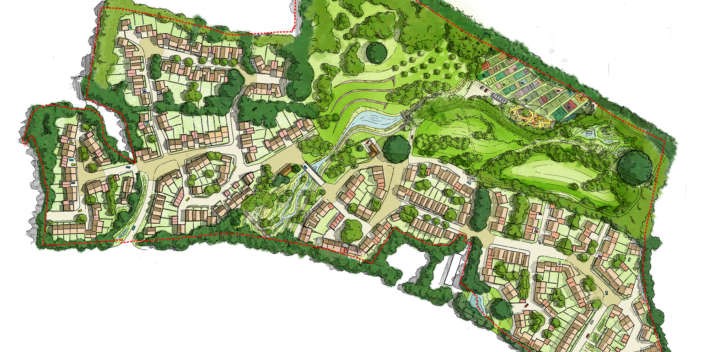Changes in Biodiversity Requirements
There have been changes in biodiversity requirements. The biodiversity of a site is defined as the level of variety in desirable plant or animal life within a habitat. Currently, the Government’s National Planning Policy requires that local planning authorities encourages developers to improve biodiversity. However, there is no current standardised approach to how this is implemented, and the requirement is not enforceable by law.
The Environmental Bill
 The Environmental Bill for England, which is currently going through Parliament, will introduce a mandatory requirement of increasing biodiversity by a minimum of 10%. This is referred to as biodiversity net gain. Keeping in line with the Government’s aim to leave the environment in a better state than we originally found it.
The Environmental Bill for England, which is currently going through Parliament, will introduce a mandatory requirement of increasing biodiversity by a minimum of 10%. This is referred to as biodiversity net gain. Keeping in line with the Government’s aim to leave the environment in a better state than we originally found it.
The introduction of the Environmental Bill is due to come into place at the end of 2020, with a two year transition period. Following this, planning approval will only be granted upon receipt of evidence that the development project will increase biodiversity by at least 10%. This biodiversity net gain will also need to be maintained for a minimum of 30 years and long-term protection will be a planning condition or obligation.
The Requirements
This increase in biodiversity requirements will have a direct impact on the approach landscape architects take in the future. Having to submit a biodiversity net gain plan for any projects. In these plans they will need to choose between three different possible approaches to addressing the biodiversity requirement:
- Avoid any harm to the biodiversity of the site altogether. This could be through designs that are sympathetic to the surroundings or avoid existing features of interest.
- Compensate for any harm caused by the development. This could be through the creation of alternative local habitats. Replacing trees or considering alternative ways of introducing a habitat.
- Pay a tariff which will go towards supporting both local and national habitat creation projects.
 As well as detailing how the net gain will be achieved. The biodiversity net gain plan will also need to include how the biodiversity value has been calculated. This value should be calculated using DEFRA’s Biodiversity Metric 2.0, and the estimated value upon completion will be compared to the original value of the site.
As well as detailing how the net gain will be achieved. The biodiversity net gain plan will also need to include how the biodiversity value has been calculated. This value should be calculated using DEFRA’s Biodiversity Metric 2.0, and the estimated value upon completion will be compared to the original value of the site.
To prevent the illegal clearing of sites before a planning application takes place. Biodiversity records from Local Environment Record Centres will also be referred to. Any sites that have been identified to having been cleared will be subject to relevant penalties.
ProHort Ltd provide a range of landscape plans and landscape and visual impact assessments, which address the requirement for biodiversity net gain. Why not find out more about our Landscape and Visual Impact assessment service and get in touch?
